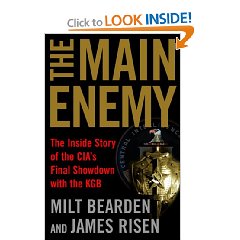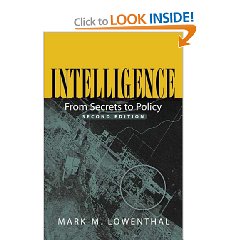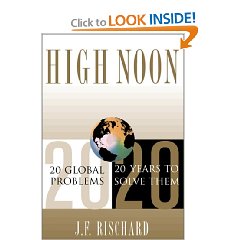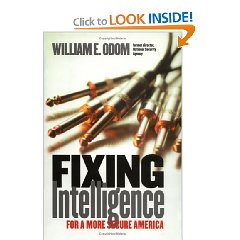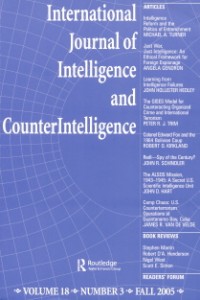1) Afghanistan was the beginning of the end for USSR and
2) CIA made it happen, once invigorated by President Ronald Reagan and DCI William Casey
It may not be immediately apparent to the casual reader, but that is the most important story being told in this book: how the collapse of the Soviet effort in Afghanistan ultimately led to the collapse of Soviet authority in East Germany, in the other satellite states, and eventually to the unification of Germany and the survival of Russas as a great state but no longer an evil empire.
There are two other stories in this book, and both are priceless. The first is a tale of counterintelligence failure across the board within both the CIA and the FBI. The author excels with many “insider” perspectives and quotes, ranging from his proper and brutal indictment of then DCI Stansfield Turner for destroying the clandestine service, to his quote from a subordinate, based on a real-world case, that even the Ghanians can penetrate this place. He has many “lessons learned” from the Howard and Ames situations, including how badly the CIA handled Howard's dismissal, how badly CIA handled Yuchenko, to include leaking his secrets to the press, how badly both CIA and FBI handled the surveillance on Howard, with too many “new guys” at critical points of failure; and most interestingly, how both DCI Casey and CIA counterintelligence chiefs Gus Hathaway (and his deputy Ted Price) refused to launch a serious hunt for Ames and specifically refused to authorize polygraphs across the board (although Ames beat a scheduled polygraph later). The author's accounting of the agent-by-agent losses suffered by the CIA as Howard, Ames, and Hansen took their toll, is absolutely gripping.
The second story is that of Afghanistan, Pakistan, and how the anti-Soviet jihad nurtured by America and Pakistan ultimately turned back on both countries. It may help the reader of this book to first buy and read Milt Bearden's novel, “The Black Tulip,” a wonderful and smoothly flowing account in novelized terms. From the primary author's point of view, it was Afghanistan, not Star Wars, that brought the Soviet Union to its knees. The primary author provides the reader with really superb descriptions of the seven key Afghan warlord leaders; of the intricacies of the Pakistani intelligence service, which had its own zealots, including one who launched jihad across in to Uzbeckistan without orders; into how the Stingers, and then anti-armor, and then extended mortars (with novel combinations of Geographical Information System computers and satellite provided coordinates for Soviet targets, all 21st century equipment that was quickly mastered by the Afghan warriors) all helped turn the tide. As America continues to fail in its quest to reconstruct the road of Afghanistan, having severely misunderstood the logistics and other obstacles, one of the book's sentences really leaps out: the supply chain to the rebels “needed more mules than the world was prepared to breed.”
This book is a collector's item and must be in the library of anyone concerned with intelligence, US-Soviet relations, Afghanistan, Pakistan, or Saudi funding of terrorism. It is a finely crafted personal contribution from someone who did hard time in the CIA, and made an enormous personal contribution, in partnership with the hundreds of CIA case officers, reports officers, all-source analysts, and especially CIA paramilitary officers (including Nick Pratt and Steve Cash, forever Marines).
A few other books that complement this one: Thomas Allen & Norman Polmar, “Merchants of Treason”, Ladislav Bittman, “The Deception Game”, Vladimir Sakharov, “High Treason”, Victor Sheymov, “Tower of Secrets,” and Oleg Kalugin, “The First Directorate.” There are many more but these are my favorites.


